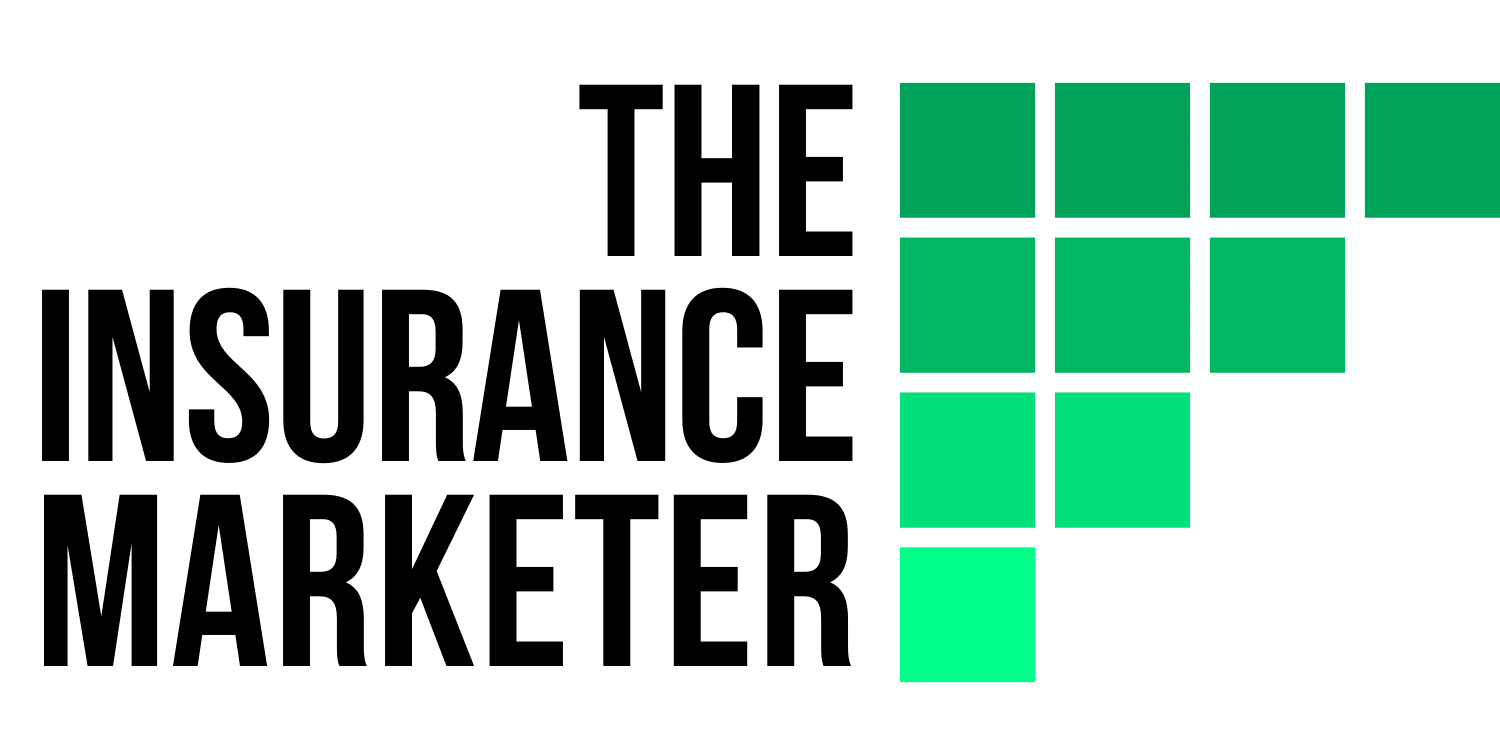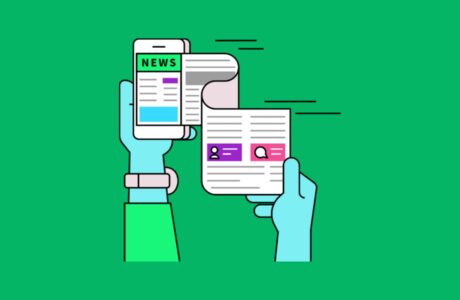By 2030, Gen Z’s earnings are set to hit $33 trillion – more than a quarter of all global income. Their spending power will surpass Millennials’ 2031. As more Gen Zers enter the workforce, their insurance needs will also be on the rise. They are soon to become the largest potential client base for insurance companies.
No insurance marketers should overlook this lucrative opportunity. Learning how to cater to the needs of Gen Z individuals will undoubtedly be the next big thing in a successful insurance marketing career.
As a general rule, marketing insurance to Gen Z can be as simple as adopting a mobile-first approach. As much as 95% of them would use social media at least once a week. Platforms like TikTok, Instagram, Snapchat, and YouTube should be of top priority. Be sure to connect them with stories that represent authenticity, personalization, trust, social good, and cultural diversity.
Who is Gen Z?
Gen Z is the generation that was born between 1997 and 2012. They are currently between 8 and 24 years old. (There are nearly 68 million Gen Zers in the U.S.)
One of the characteristics of Gen Z is that their attention span is just eight seconds. So the first impression is the “make or break” for any marketing messages.
Gen Z is the true digital natives. Many of them grew up playing with their parents’ mobile phones or tablets. The smartphone is their primary device of communication. And they are used to the always-connected world.
Most of this generation probably don’t know how to use a rotary-dial corded phone, a VHS player, floppy disks, or cassette tapes. (If they’ve ever had the chance to.)
ALSO READ:
Understanding the Gen Z UpbringingGrowing up in the post-911 world, the recession and the collapse of the housing market, Gen Z was brought up with the idea to survive with existential threats. Many Gen Zers witnessed their parents losing jobs. Thus, the last thing they want is to leave their career to chance. Most of Generation Z want to take control of their career with their own hands. In fact, 72% of teens in the United States say they want to start their own business one day. And on the contrary, entrepreneurial strides may involve risk-taking. Insurance, as a risk transfer tool, will also make sense to them because it can cover the liability in a business. |
Read on if you want your brand to be on the radar of the biggest buyer demographics for the years to come.
Here’s 10 tactics you must know to market insurance to Gen Z:
Adopt a Mobile-First Strategy
According to IBM Institute for Business Value, 75% of Gen-Z regularly uses a smartphone over a computer or tablet. They are digital natives that always able to navigate through mobile technology. But they also expect the user experience to be simple, easy, clear, and fast.
Therefore, if you want to get on the radar of Gen-Zers, you have to optimize your website or content for the best mobile experience. This means ensuring using imagery like thumbnail images, slide shows, infographics, and videos.
Make Social Media A Top Priority
95% of Gen Z are on a social media app or website at least once a week, and 1/3 of them say they spend most of their free time on social media. Social platforms like TikTok, Instagram, Snapchat and YouTube have been an integral part of Gen Z culture.
Small snippets of tailored ads can be a great way of placing your insurance marketing campaigns. YouTube often has 5 to 15-second locked ads that must be watched before advancing to the next video.
Leverage the Power of Influencers
56% of Gen Z are more likely to try a product or service if their favorite online influencer recommends it. – The Center for Generational Kinetics.
Apps like TikTok or Instagram put heavy emphasis on individual influencers. The popularity of social media among Gen Z and their willingness to listen to the opinions of influencers indicate that marketers alike should develop an influencer marketing strategy to reach them effectively.
Provide Personalized Offerings
According to Mckinsey, 58% of Gen Z is willing to pay more for products that are targeted to their individual personalities.
Smartphones and other wearables that feed real-time data to insurers are already being used to provide a hyper-personalized insurance experience. Examples include usage-based insurance where the premium is determined by the mileage, location, and the driving behavior of the customer.
John Hancock Vitality is a life insurance reward program. Policyholders can earn their Vitality Points with various health-related activities such as doing daily exercise or completing an annual health screening. The more points earned, the greater the rewards and premium savings available.
ALSO READ:
Be Authentic
Gen Z is “tired of being sold to.” They are inert to fluffy advertising and mainstream brands. They put their faith in things they see as real and unique.
Despite being over-exposed to technology and virtual communication, Gen Z-ers tend to want an authentic connection with real people.
Gen Z wants a better understanding of what’s going on behind the scenes. This is even more important for insurance as most people find it hard to understand how it works, let alone Gen Z.
For example, on your social channels, you can share pictures of your staff in the office or post testimonials from happy customers.
Let Them Make Direct Call
Just because Gen Z are digital natives does not mean they desire a digital-only relationship with insurers. For auto and homeowners insurance, the preferred and most frequently used communication channel by millennials and Gen Z is a direct call to an agent, according to survey results released in November 2018.
Generic phone calls and machine operators are the best ways to drive them away. They want a live person who can listen to and answer their questions like a human.
It can also be more than a phone number. A direct call can be in any form from a face-to-face meeting (or a Zoom meeting in response to social distancing requirements), a land-line conversation, a live chat, a FaceTime call, to a Skype chat. Let them talk directly to a human however the way they like it.
ALSO READ:
Embrace Diversity, Inclusion, and Equality
Generation Z is the most ethnically diversed and largest generation in American history. Gen Z makes up 27% of the U.S. population, according to businessinsider.com.
Gen Z celebrates individuality, and they want to engage with brand messages that reflect the diversity of the world they live in. In fact, more than 6 in 10 Gen Zers say they like seeing ads that show diverse families.
And on top of that, they expect to see brands that will stand up to embrace the idea that humans are diverse and uphold the virtue of equality – more than offering the lower price.
Advocate for Social Good
68% of Gen-Z expects brands to contribute to society. (Facebook IQ)
This generation wants to impact the world positively, so showing how your company has reduced its carbon footprint or donate to charity could be a step in reaching them.
Lemonade (LMND), a mobile-based insurtech company, donates the unclaimed monies to the charity or cause selected by their policyholders through a program the Company calls the “Giveback”.
Your brand’s contributions to society will make a difference when targeting Gen Z. Insurance marketers should be on the lookout for any participation of social goods for the brand you work for.
Be Trustworthy
43% of Gen Zers surveyed say they find it difficult to choose what to watch, listen to and read. They understand that if something sounds too good to be true, it probably is.
The way to build trust with your customers is straight-forward. While many incumbents do not contact their customers beyond the renewal process, newcomers have already transformed the customer experience in proactive ways.
When California wildfires hit, Hippo, an home insurance company, received electronic feeds from the state that lets them know where the active fires are. And if they saw customers in harm’s way, they reached out to them proactively and let them know that there’s a fire approaching.
ALSO READ:
Explore Distribution Partnership
A Majesco study finds that over 57% of Gen Z is open to buying insurance through non-traditional sources.
- 62% percent would buy homeowners insurance from a real estate website or app
- 58% are open to buying renters insurance from an apartment search site and app
- 57% would buy auto insurance through a car-shopping website or app
Tesla has already begun to sell insurance to its customers since September 2019. It claimed to offer premiums 20% to 30% lower than its insurance competitors. In fact, Tesla does not actually have its underwriting or claims departments in the house. They would refer drivers to their insurance partners instead.
Therefore, apart from your company website, mobile app, social channels, and PPC campaigns, insurance marketers should explore alternative distribution channels to increase the exposure to Gen Z.
Conclusion
As Gen Z enters the workforce, their insurance needs will emerge. This is a trend that no insurance marketers can afford to ignore. Start with understanding current technology and build influence through social platforms. Get tech-savvy, be honest and genuine, make your brand someone they can trust. And they will be much more likely to take an interest in what you have to offer.
People photo created by lookstudio – www.freepik.com
Further Reading
- 50 Stats All Marketers Must Know About Gen-Z (Forbes)
- STATE OF GEN Z 2019:A New Generation Emerges—and Brings Tremendous Change (The Center for Generational Kinetics)
- Coming of Age – How will Gen Z Impact Personal Lines Coverage? (Actuarial Review)
- How Marketers Can Win with Gen Z and Millennials Post-COVID-19 (BCG)
- New Report: Three Surprising Insurance Industry Trends Shaping Customer Experience (Salesforce)
- How Insurance Companies Can Adopt Personalization in 2021 (Data Art)
- Gen Z Marketing: How Influencers Can Help Brands Reach A New Generation of Consumers
- How to Improve the Insurance Customer Experience (ACQUIRE)
- Mitigating the Moment of Truth: Why Trust Matters More Than Ever (Consumer Intelligence)




